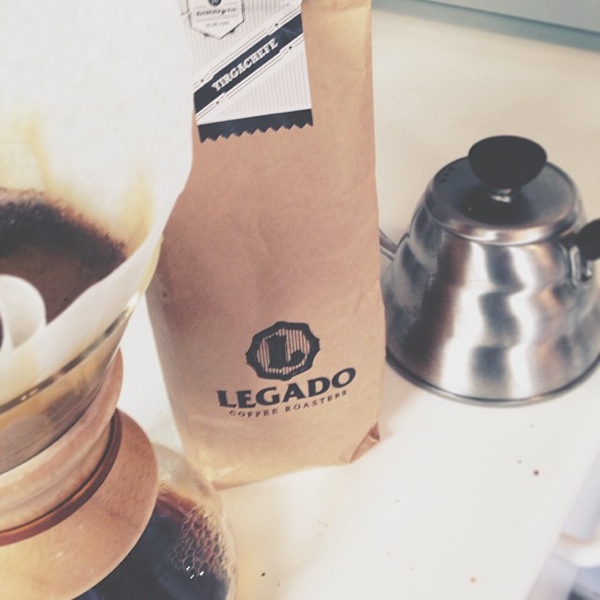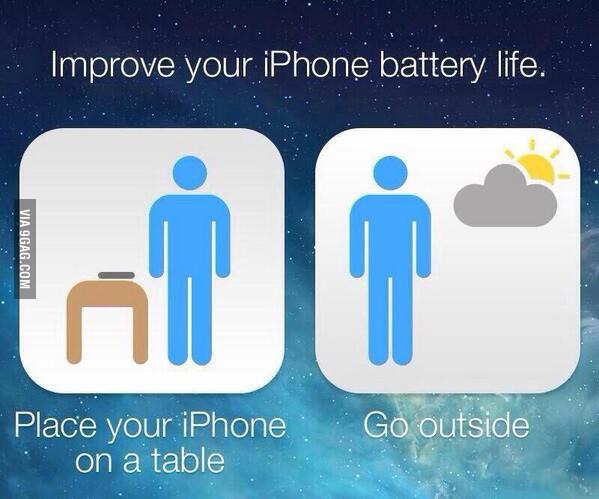I just got back from an intense but amazing trip to Iran. Every morning when I woke up, this is the first thing I saw:

On the way I home I started writing a post called “iPhone as travel companion”. It was going to be centered around that home screen animation, and how it makes me feel more connected to the people I care about the most while I’m away on business trips. But I was tired, so I only wrote a couple of sentences and then fell asleep (ok, I watched Man of Steel, but that’s kind of the same thing as falling asleep).
When I arrived back in Cape Town, the first SMS I received was from a Samsung PR company:
Hi Rian, this is [redacted] from [redacted]. Your friend [redacted] contacted us and suggested we give you a Samsung Galaxy S4 for a 2 week review to change your mind about how you feel about fruits. Please let me know when and where I can deliver the device to.
A part of me thought, maybe this is fate. Maybe my undying devotion to iPhone is misplaced and this is the universe telling me I should take a trip to a Galaxy far far away (ugh, sorry). So I responded that I’d be happy to try out the device. And I was serious, too. I vowed to try to make it my default device for 2 weeks, and I decided to put my iPhone post on ice until I’ve had a chance to make the Galaxy S4 part of my daily routine.
So I went where no Apple user has gone before (ok, I’ll stop with the awful space movie tie-ins now) and strapped the S4 to my person for a few days. At first, there were some things I liked:
- Active widgets are great. Seeing a live weather/calendar/mail/etc. view means you don’t have to go into apps to get important information, and that’s really useful.
- The Gmail app is SO much better on Android than on iPhone.
- …
- …
- …
- Ok, I guess that’s it.
However, after a while everything started to annoy me about the device:
- Above all, the scrolling is enough to drive you insane. I opened several apps side by side on the iPhone and Galaxy S4 — Path, Instagram, Facebook, etc. — and flicked my finger on the screens at the same time. iPhone: smooth scrolling, graceful stop. S4: constant choppiness while scrolling (sudden stops and starts), and then it comes to a screeching halt as if someone suddenly slammed on the breaks. The physics of it just feels all wrong on the S4.
- The screen is too big for one-handed usage. No matter how hard you try, your thumb can’t reach the top parts of the screen, which makes this a two-handed device (well, there’s the bizarre “tiny screen” mode, I guess…). That might be ok for some, but for me it just resulted in frustration and a sore hand.
- I couldn’t find apps to replace the ones I rely on every day. Sure, the native Twitter, Instagram, and Path apps are fine. But once you go deeper than surface level, the quality apps just aren’t there. Even beyond niche apps I was looking for (like Day One, Notesy, and Reeder), I couldn’t even find a decent calendar app. Now, it might exist, but I just gave up after a while of endless paging in the Google Play store.
Every time I use an Android device it completely lives up to its name: it’s like interacting with a very smart robot. The problem is, that’s not what I want. I want something that connects a little bit more with who I am. And that’s what the iPhone gets right.
So, back to my trip (which you can read about here). My iPhone became my lifeline. I woke up with Rise. I spoke to my family on Skype. I kept up with close friends on Path. I stayed connected through Reeder and BBC News. And yes, I’m sure there are equivalent apps on Android that could replace the ones I use every day on my iPhone.
But here’s the thing.
I don’t want to change. iOS is comfortable. It’s familiar. It keeps improving without changing too much. It feels better — more personal. I know that’s subjective and not quantifiable, but look at that unlock motion effect above. It’s not about accessing a folder. It’s about opening a door to connection. It’s my favorite business travel companion, and you can pry it from my cold, dead hands.
P.S. Google, please make the Gmail iOS app as good as the Android version.




